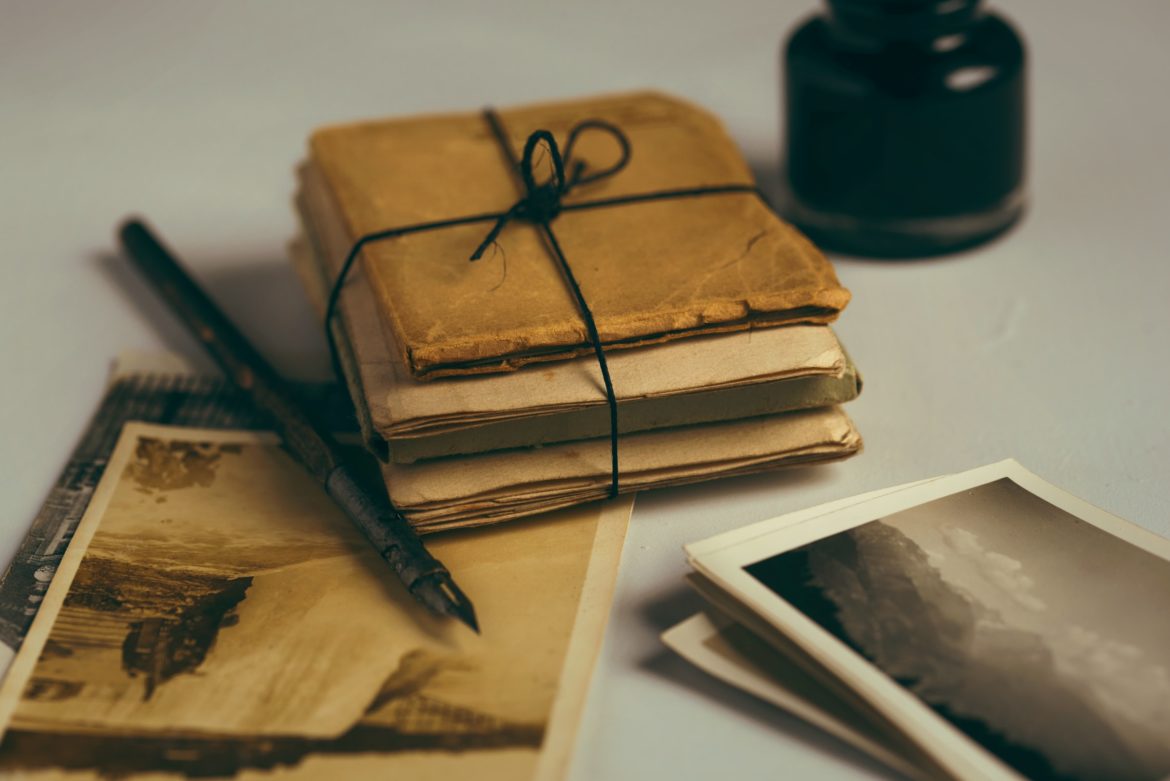Photo by Joanna Kosinska on Unsplash
Every generation speaks of the change that they have witnessed but we are a generation that has witnessed more change than most.
We are that last generation that used 25 paise yellow postcards and blue inland letters to write to family and friends and now ‘talk’ via emails, WhatsApp groups and video chats.
We are the last generation that wrote exams with fountain pens that vomited blue Sulekha ink and saved money for the whole year to buy books at the annual book fair and felt that true bliss was burying your nose in a new book and inhaling that indescribable new paper smell. Can Kindle ever recapture that indescribable feeling?
We are the last generation that knows the meaning of the word “trunk call”, and telegrams and when we were older; stood for hours outside STD booths for that lone chance to call home from our college hostels. Today our meetings are on Zoom calls with colleagues from far corners of the globe.
The rough and ready character of our protest art may have now morphed into more organized visual languages of protest often with sleeker visual identities. Social media has also increased the reach and impact of protest movements the world over so much so that not just word and art but even colour, clothing and costumes have become a part of the lexicon of protest. Pride’s now universally recognized rainbow flag, which reflects the diversity of the LGBTQ+ community, is a good example.
These signs of sweeping change, many that spell a better tomorrow are however still not enough when set against persistent inequality and wealth gaps, gender and caste-based violence, and lack of basic essentials such as water, sanitation, decent housing, affordable healthcare and quality education. One may even argue that ours is a world where art may seem like something nice-to-have rather than a necessity.
Yet what has not changed is the fact that we still use art, poetry and music to look deeply within ourselves and for finding the language and tools to imagine new and better futures.
The clarion call of Azadi that I first sang to back in 1991 when Kamla Bhasin, a feminist activist first raised that slogan at a gender-focused conference at Kolkata’s Jadavpur University in West Bengal and has become a slogan for left-leaning organisations reverberated across JNU campus once again during Kanhaiya Kumar’s speech in 2016 and again during the Anti-CAA protests in 2019. Azadi has now captured the imagination of the nation so much so that it even got co-opted by Bollywood (aka Gully Boy) stripped entirely of its ideological underpinnings.
The point to stress here is that just as the words of Azadi slogan would change many times depending on what the youth were protesting against, poetry and protest art is here to stay and will always be there when people take to the streets, on college campuses, protest marches, and agitational venues either physically or digitally.
The pandemic may have forced us to retreat into our homes often without access to theatre, films, art, music and literature. But as the year turns, I hope you will find within this issue the means to imagine a world where art is still central and essential to how we think about and create a better world that we want to live in.
